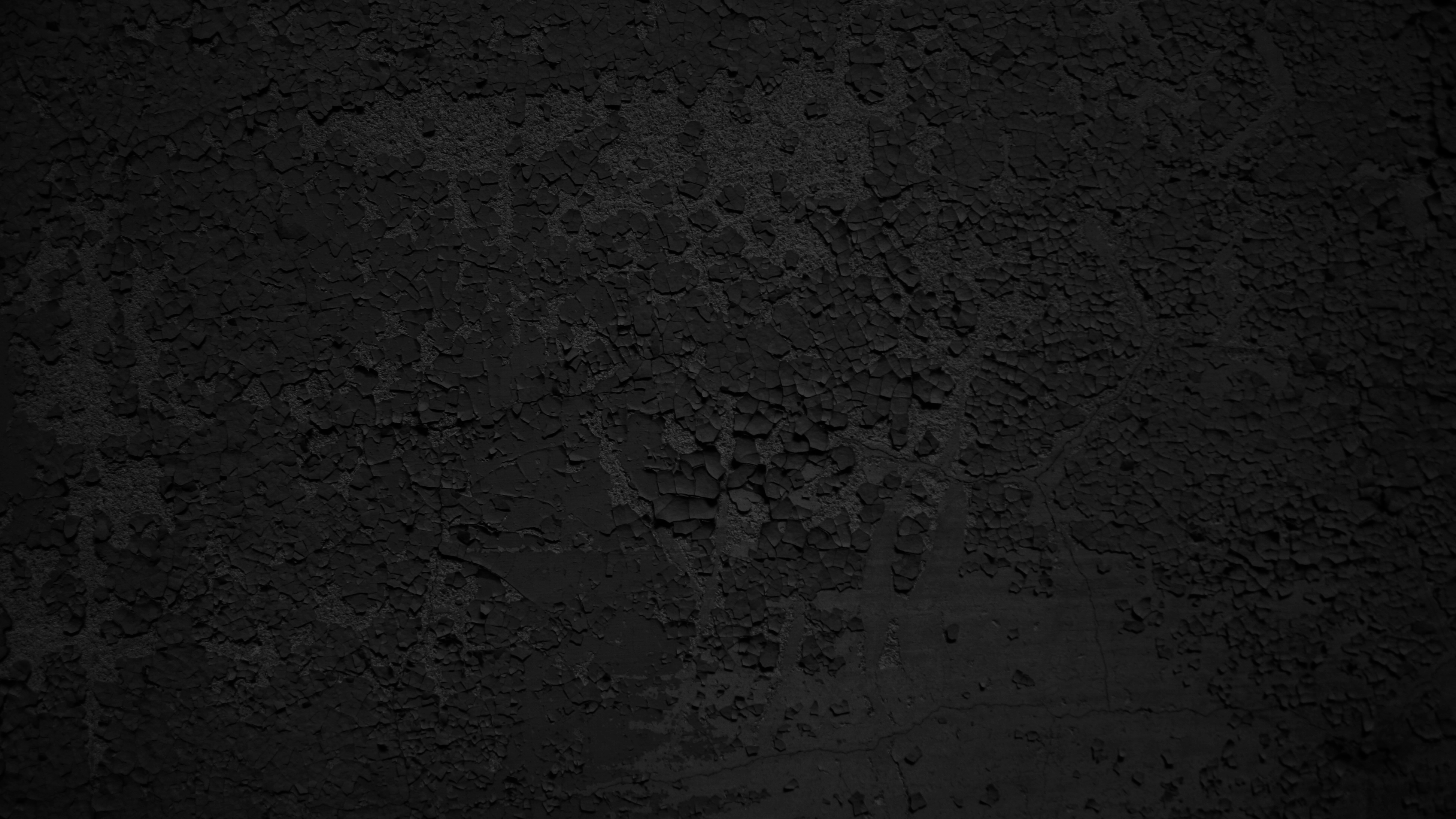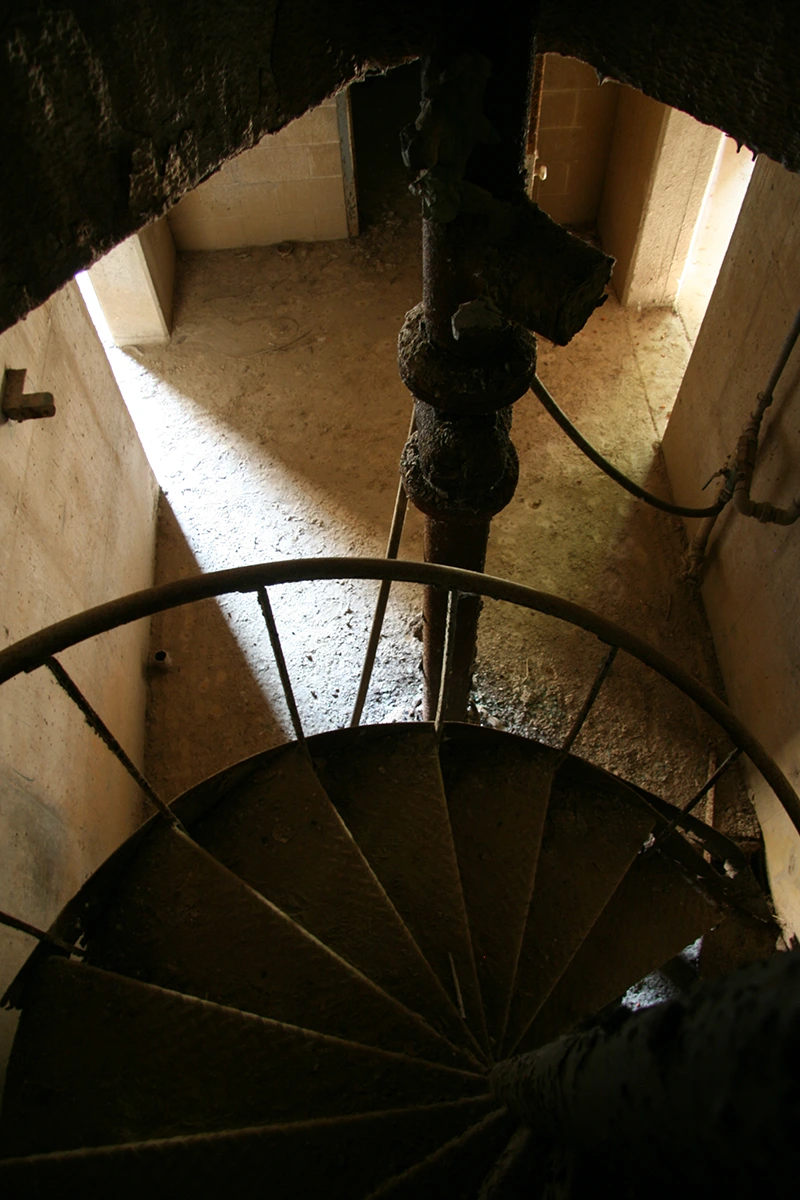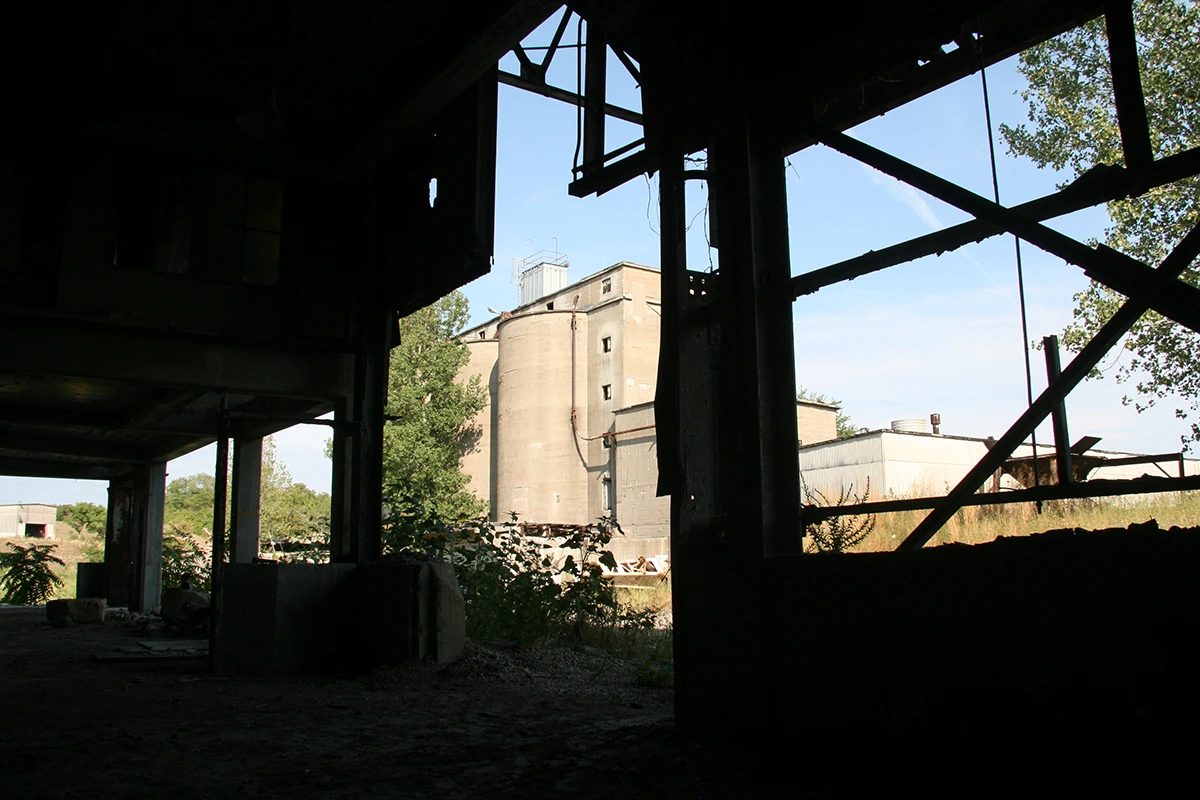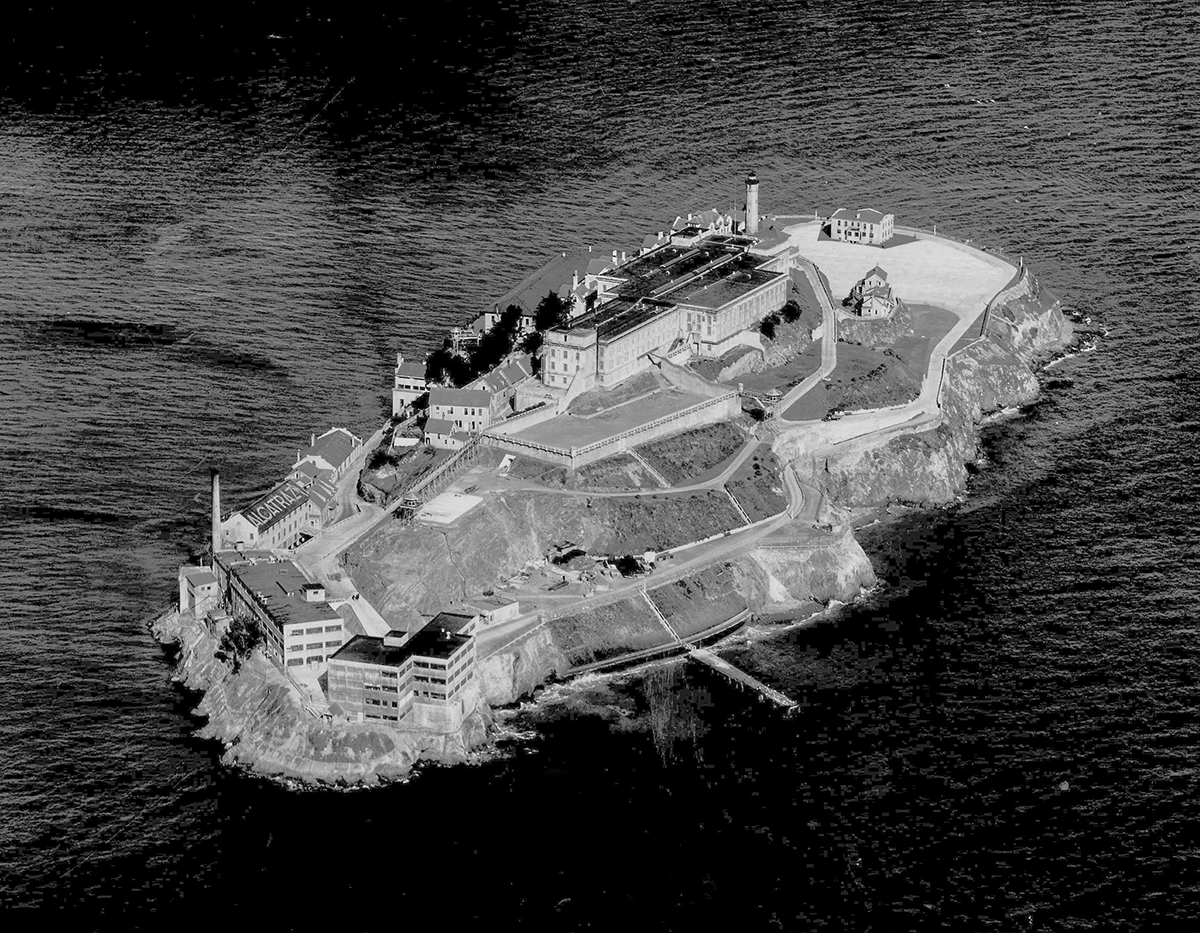Monday, August 27, 2012
The Armour Meat Plant of East Saint Louis was constructed in 1903 and officially began operating on June 15 under general manager Robert Conway. Tours of the new facility were made available to visitors, most of whom consisted of the metropolitan and agricultural press, and none of whom apparently took any photographs of the occasion. About 1,000 men were involved in the construction of this plant which required 13,578,967 bricks to complete. Once operational, this plant employed about 3,000 hands with an office force of 200. As operations commenced, the daily capacity was about 2,000 cattle, 4,000 hogs and 1,000 sheep. Some of the most important departments consisted of the beef, hog and poultry killing floors, a lard refinery, cooper shop, box factory, fertilizing plant, ham house, smoke house, sausage department and beef cooler. The power plant consisted of three engines which produced all electricity required by the facility, along with three 250-ton De La Vergne refrigerating machines which produced 150 tons of ice per day and which had a combined capacity of 7,000,000 cubic feet of cold storage. This was all powered by a large boiler house which generated 3,000 horsepower. Armour also built an ice house on the railroad terminal's tracks which had a capcity of 10,000 tons of ice for the re-icing of perishable freight in transit and a refrigerator loading platform with a capacity of 60 cars.
This plant was located in East Saint Louis, Illinois in the center of a large conglomeration of stockyards and slaughterhouses. Farmers from all over the surrounding area would visit the stockyards to buy and sell cattle and other livestock, meats and related goods. In the first half of the 20th century, this was one of the busiest such locations in the United States.
These stockyards were devised to compete with the larger firms already well established in Chicago and and elsewhere. The first shipment of cattle arrived here, at was was called the "National City Stockyards" in 1873. By the turn of the 20th century, the stockyards were processing 50,000 animals a week and reaching annual sales of $2 million.
Philip Armour had already been established as a baron of meats. By 1883, he had established his own refrigerated fleet of rail cars. His plants were renowned for his large-scale pioneering efforts. Armour & Co. became one of the largest meatpacking companies in America by the 1890s, generating $110 million dollars in revenue in 1893.
Armour & Co. were also one of the first to take advantage of the byproducts of the slaughtering process and make use of what had otherwise been waste products. They sold every kind of product made from animals, from glue to oil, fertilizer, hairbrushes, buttons, and drugs. Armour famously declared that he made use of 'everything but the squeal'.
In 1948, Armour & Co. developed a deodorant soap by adding the germicidal agent AT-7 to their soap. This reduced bacteria on the skin and thereby limited body-odor. The new soap was named "Dial" due to its 24-hour protection against odor.
The stockyards continued to thrive during two world wars before eventually reaching peak production in 1947. The following decade, however, would see the decline of not only Armour but the stockyards in general. The advent of the automobile along with the interstate and rising labor costs all combined to bring about the decline of the out-dated stockyard operations and facilities. Meat was now being sold at terminal markets and the stockyards were swiftly becoming obsolete. The industry had shifted from its dependance on the railroads to interstate truck deliveries. Industrial farming had taken over much of the demand while individual farming was also on steep decline.
Armour, despite being owned by a major national firm with many other plants across the country, closed operations in East Saint Louis in 1959, laying off some 1,400 employees.
Update (April 2016): The Armour Meat Plant has been demolished.
Click here for the video from this location.
See our last visit to the great Armour Meat Plant, captured on 35mm film, here.
Check out this sectional view of the Double-Acting machine. And this interesting diagram of the entire system here.
Historic Photos of Armour Meat Plant Saint Louis
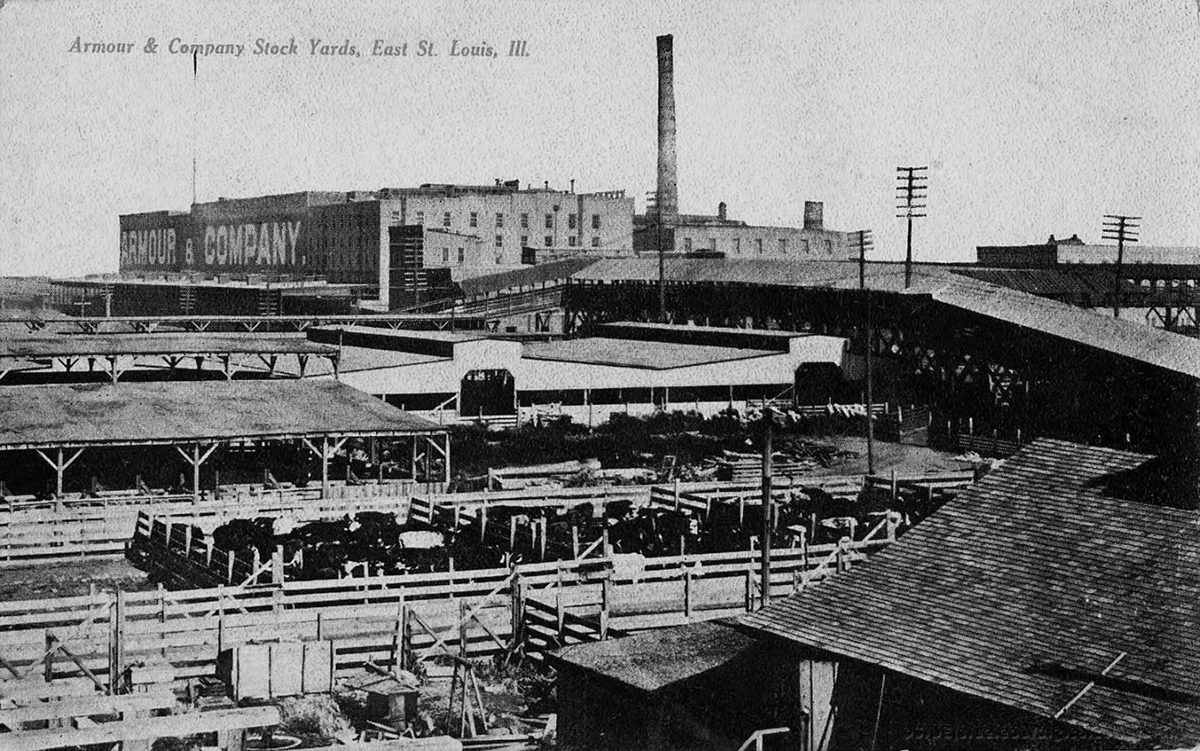
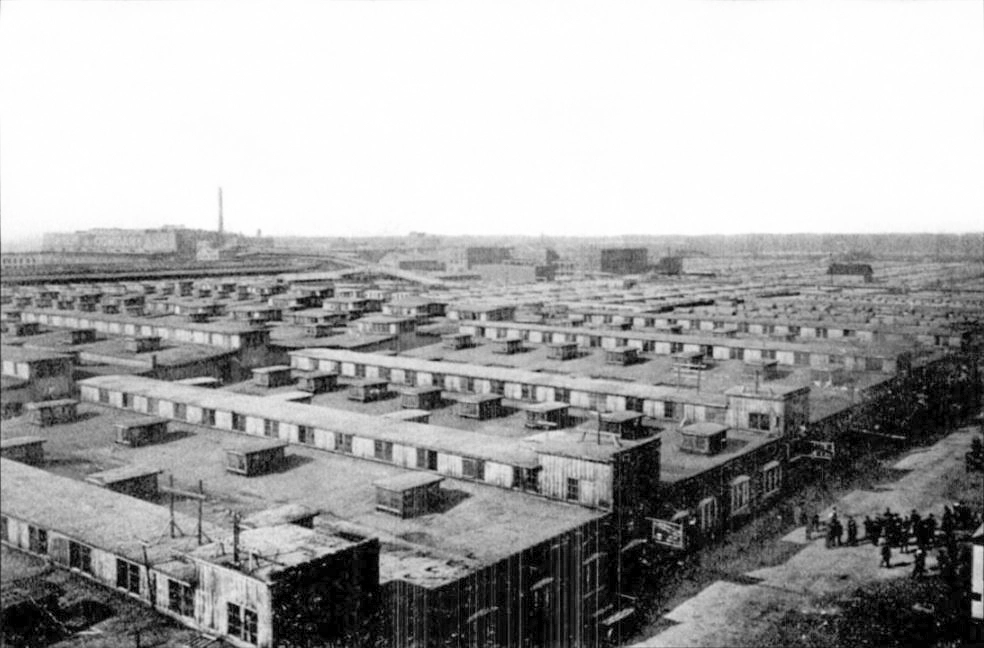
End Historic Photos


































Labels: 1800s, abandoned, analog, historic, history, industrial, machinery, rust, saint louis, steam, urban ruins
Monday, August 13, 2012
Cementland was set to become the next great Saint Louis landmark. The product of the late Bob Cassily, it was almost too big and too awesome to ever exist. If completed, it was to even include a water-park snaking through its industrial ruins and post apocalyptic landscape.
Cementland was the site of the former Lafarge Cement plant. Left abandoned, Bob saw the potential and made significant headway in creating one of the largest and most impressive interactive exhibits. By utilizing leftovers from demolished buildings and large broken industrial equipment and basically anything else he could get his hands on, he set out to create something from the otherwise wasted resources.
Bob Cassily is the type of creative genius that doesn't happen very often. He is the type of person every city needs to have. He became famous for the wildly successful City Museum. The Saint Louis City Museum is something that must be experienced to be believed. Any visit to Saint Louis would not be complete without a trip to City Museum. If you haven't been, do yourself a favor and go explore it. Also, the roof is worth paying extra for.
Bob died on September 26th, 2011, when the bulldozer he was driving flipped down a hill while working on Cementland. His death is a loss that Saint Louis may never recover from and the impact he's had will be forever engrained into the Saint Louis experience.
Our visit to Cementland was a celebration of his accomplishment and an homage to the very site he died to bring to life.
The status of Cementland is currently unknown. Now, all work is stopped and the site is eerily quiet.
The site is so large that it's hard to see everything in one trip. See Part 1, my previous visit, prior to Bob's death as the site was under construction, here.
Click Here for the video.
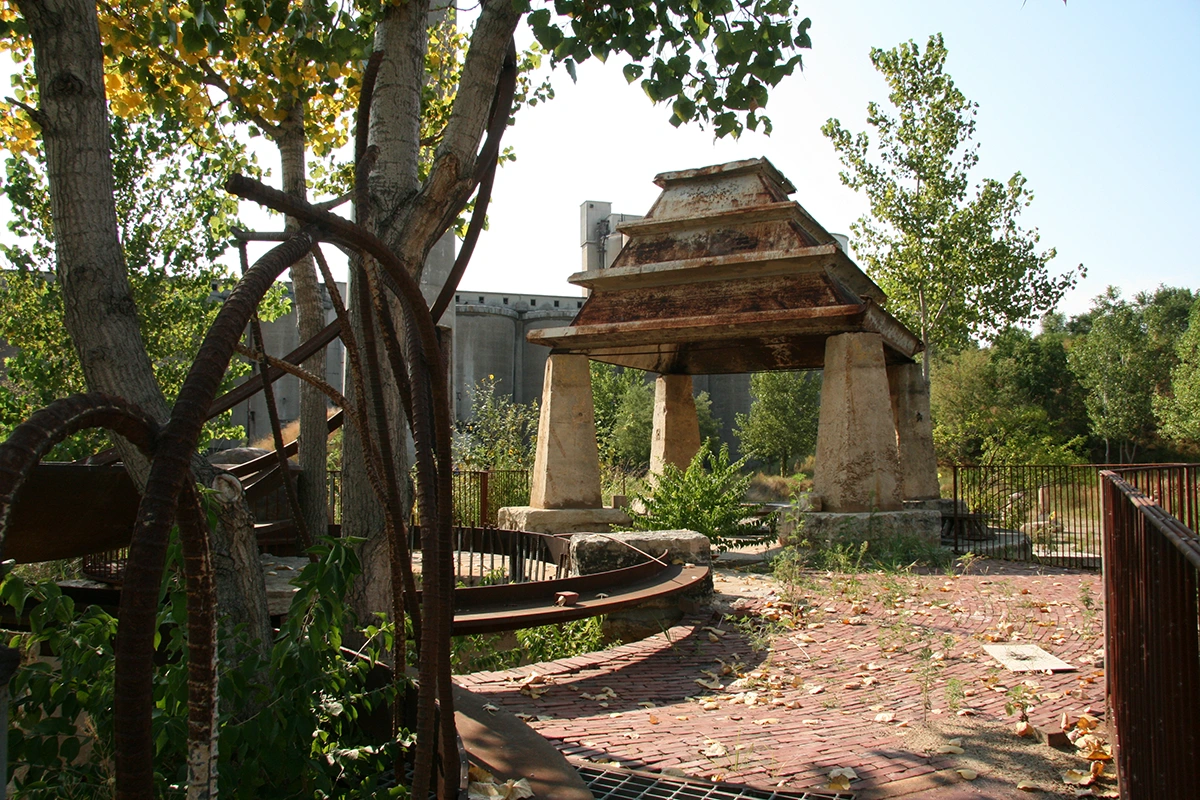
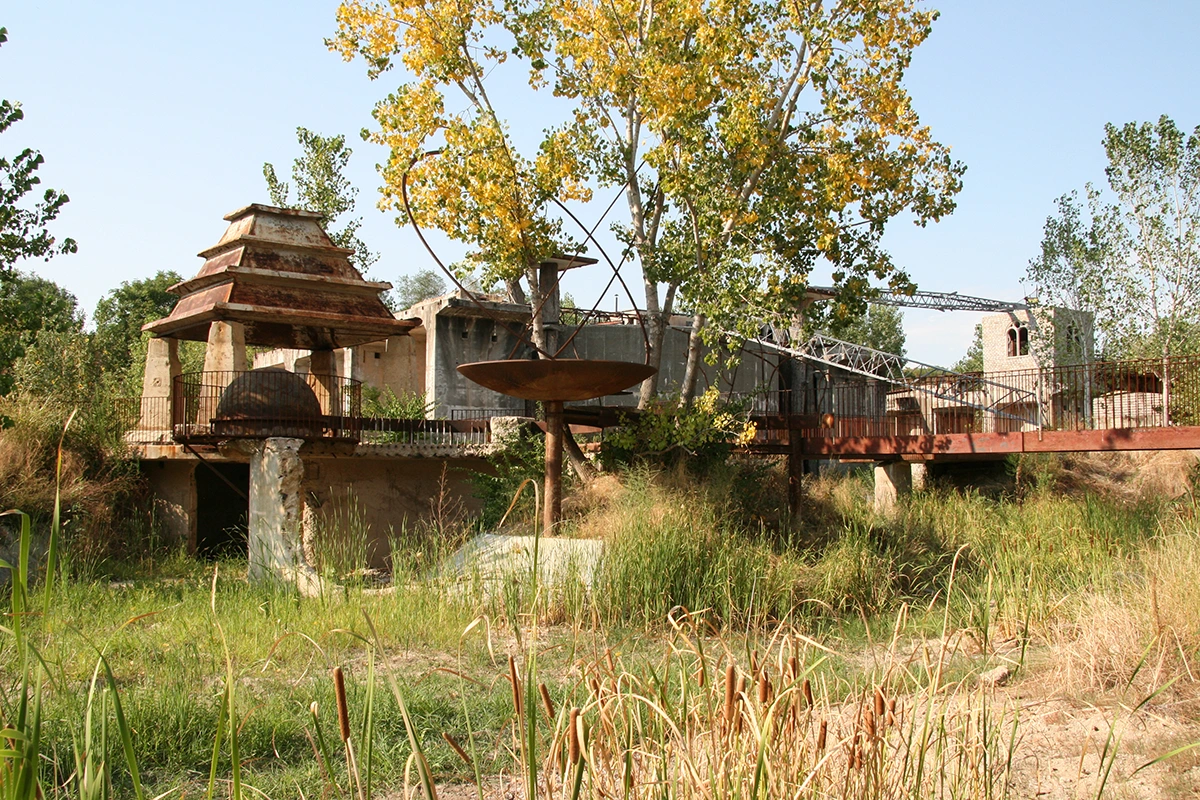
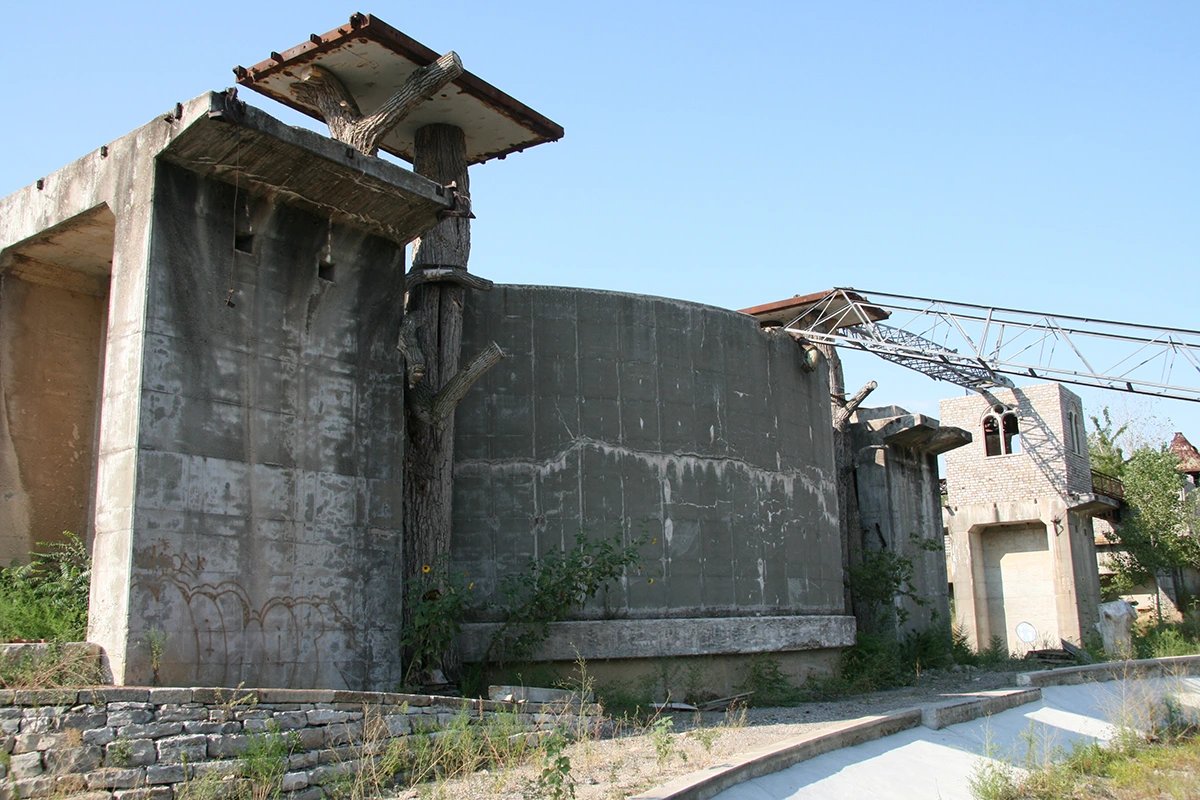
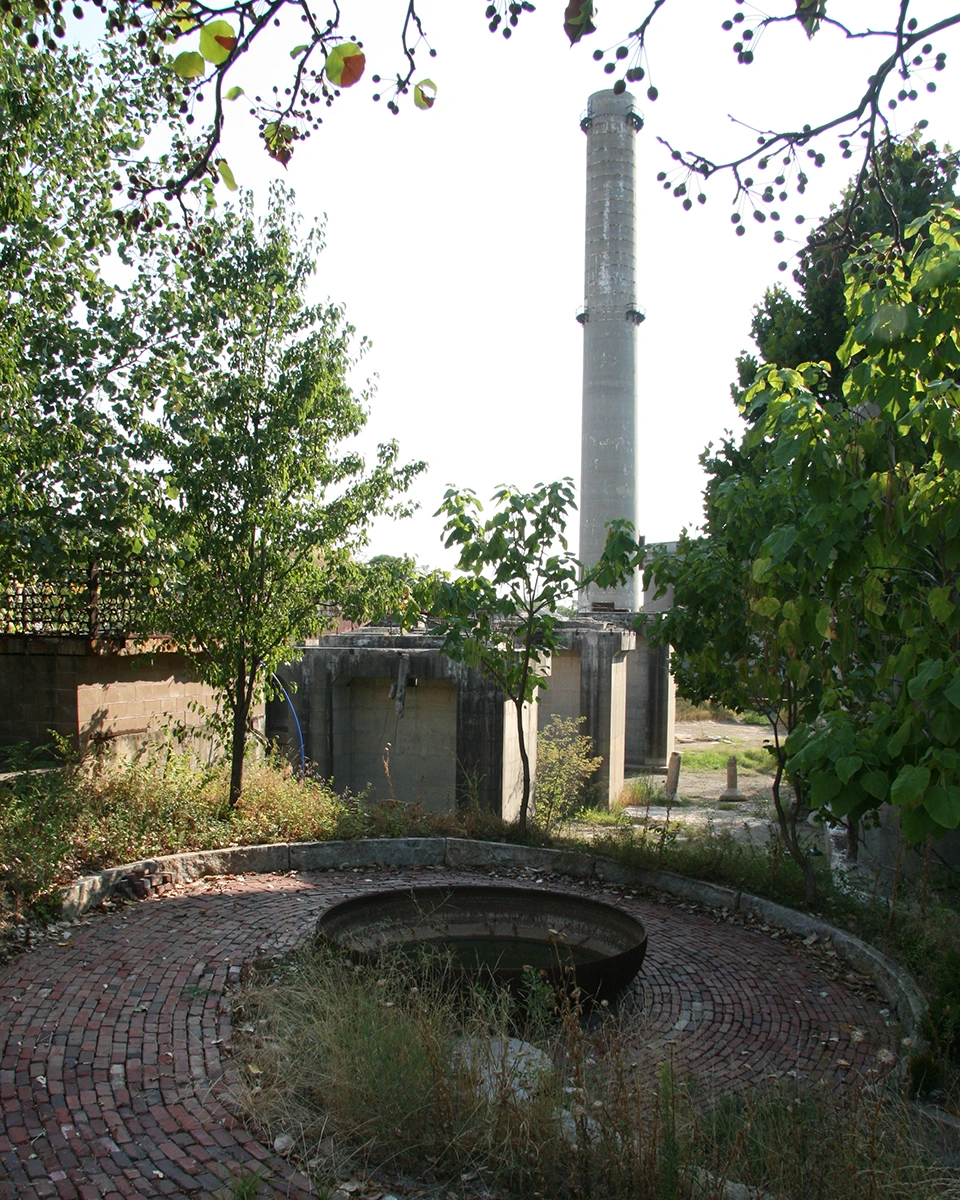
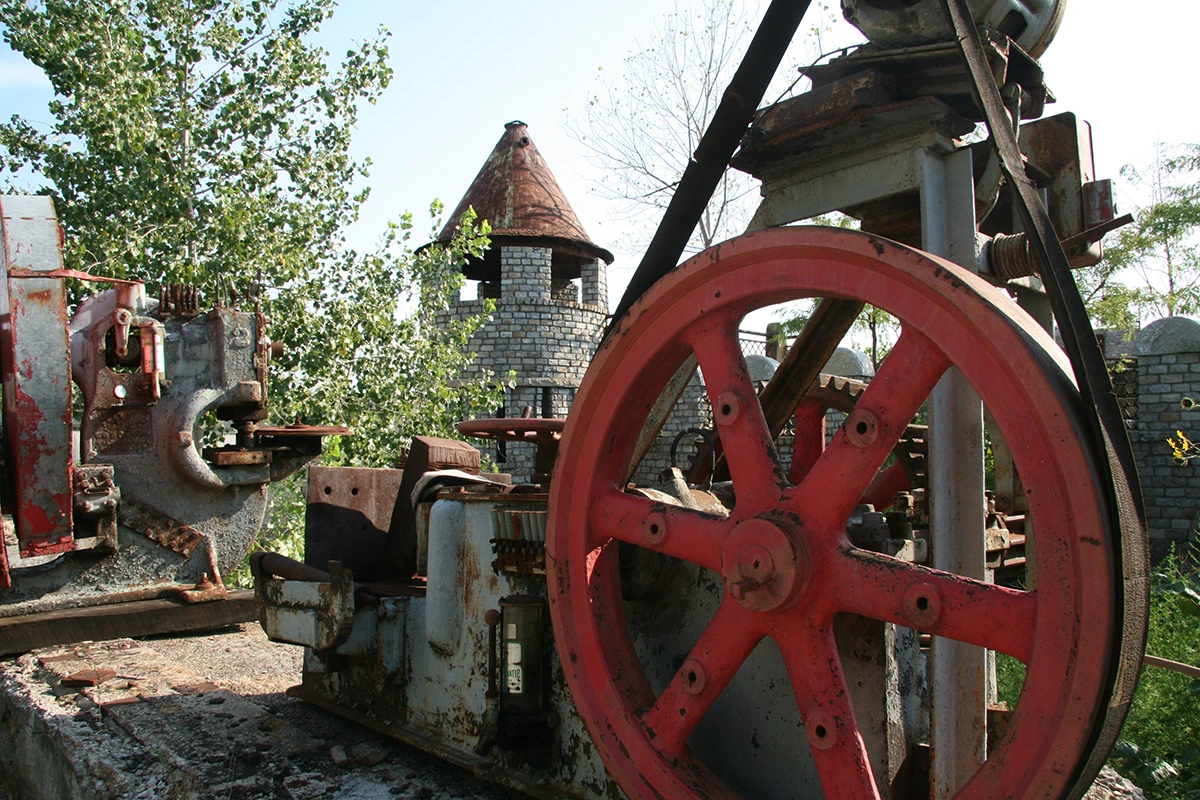
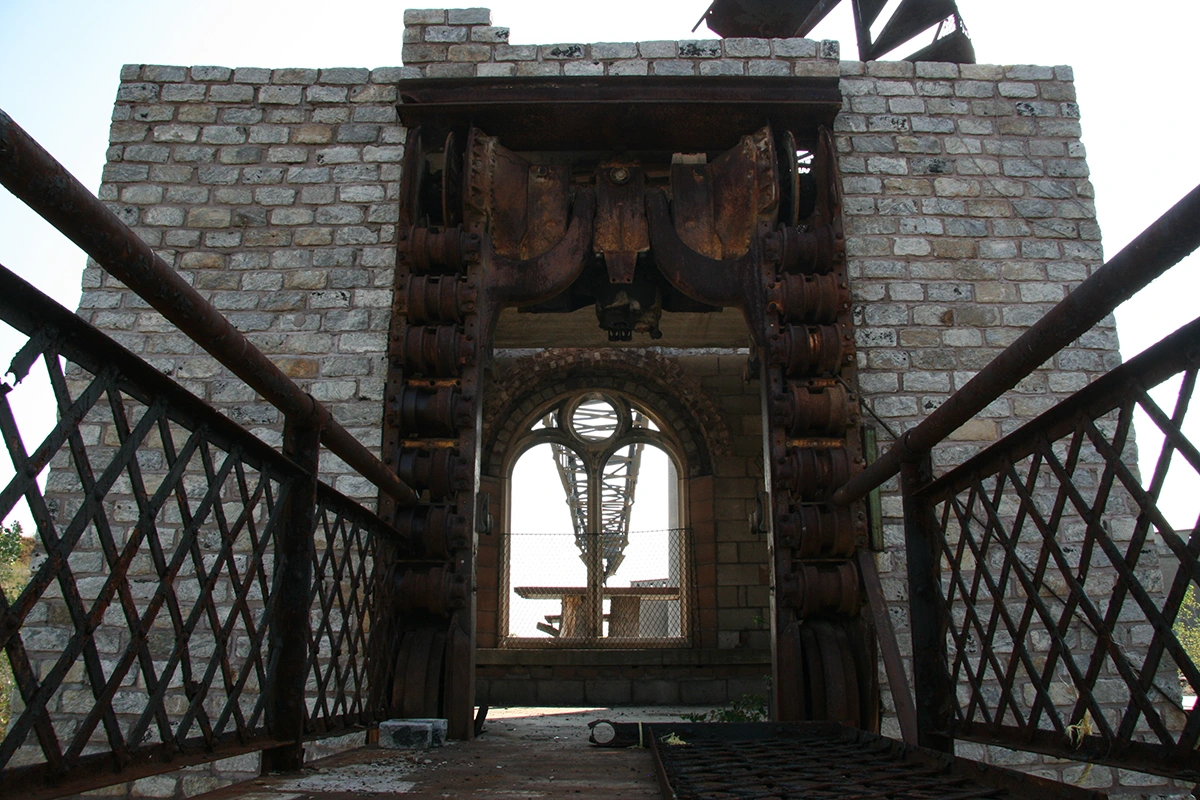
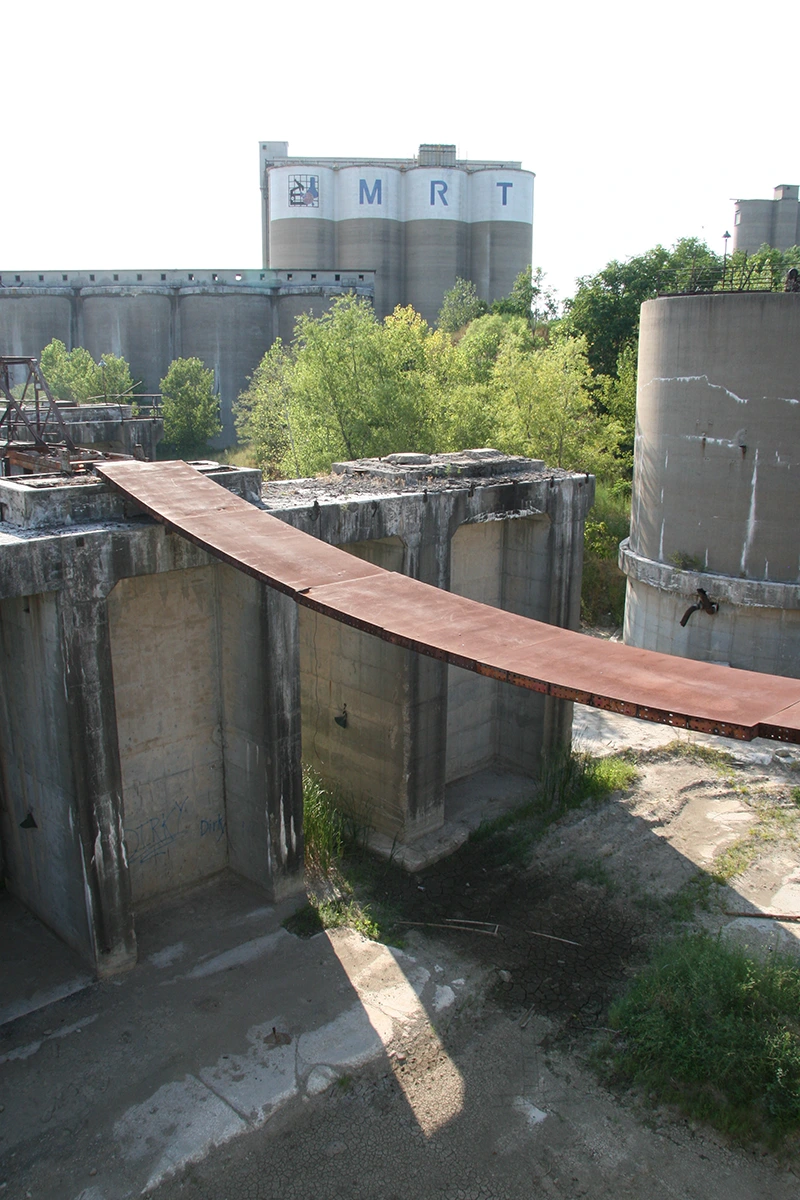
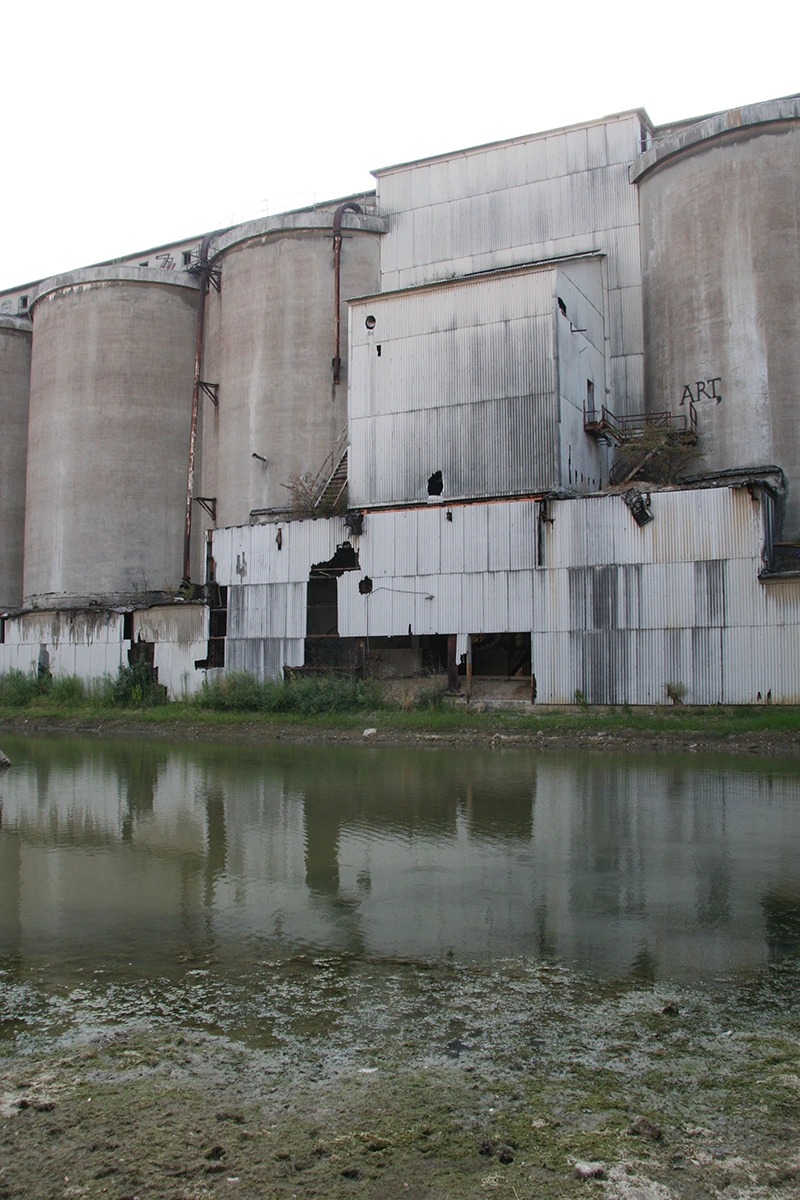
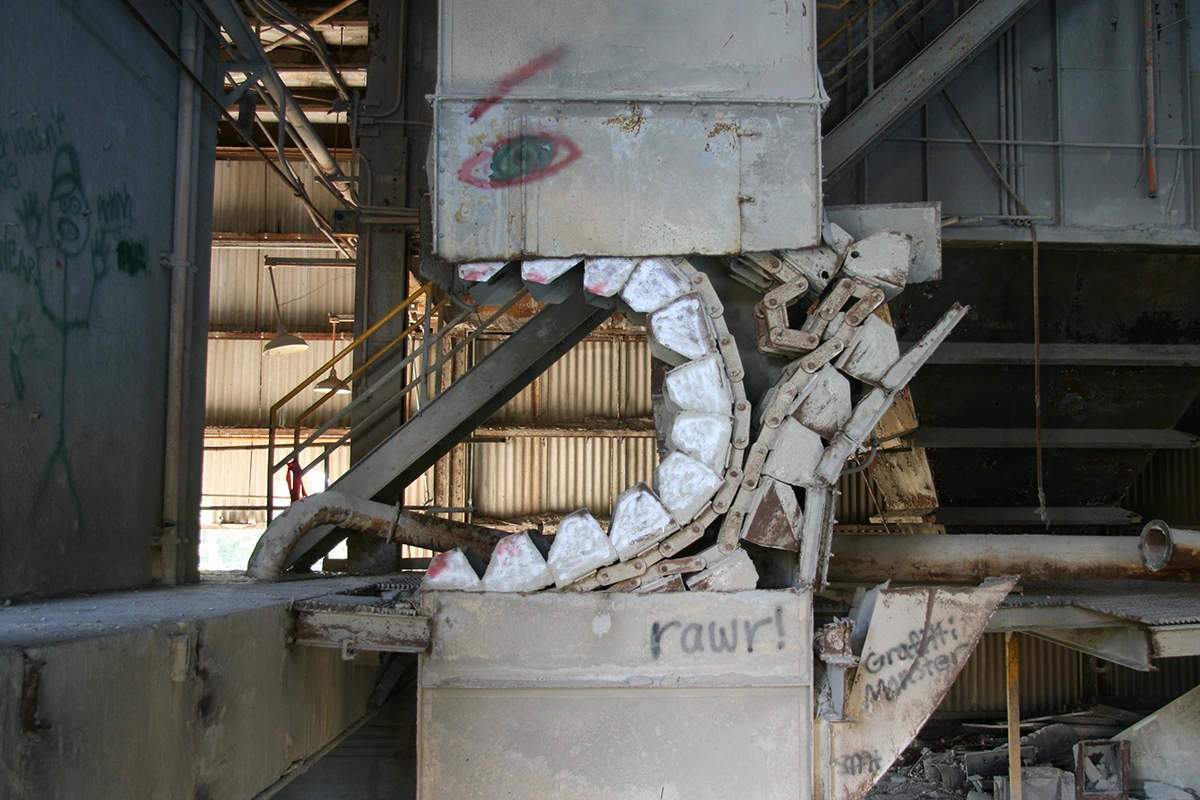
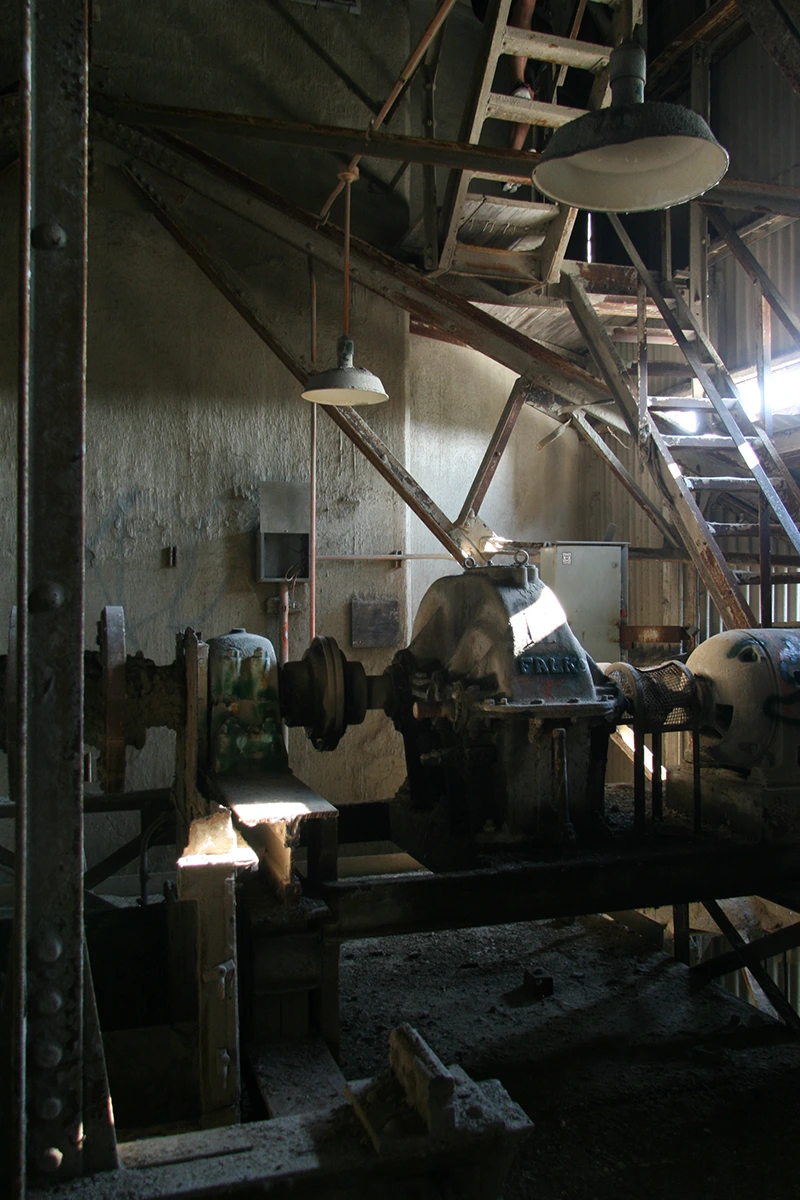
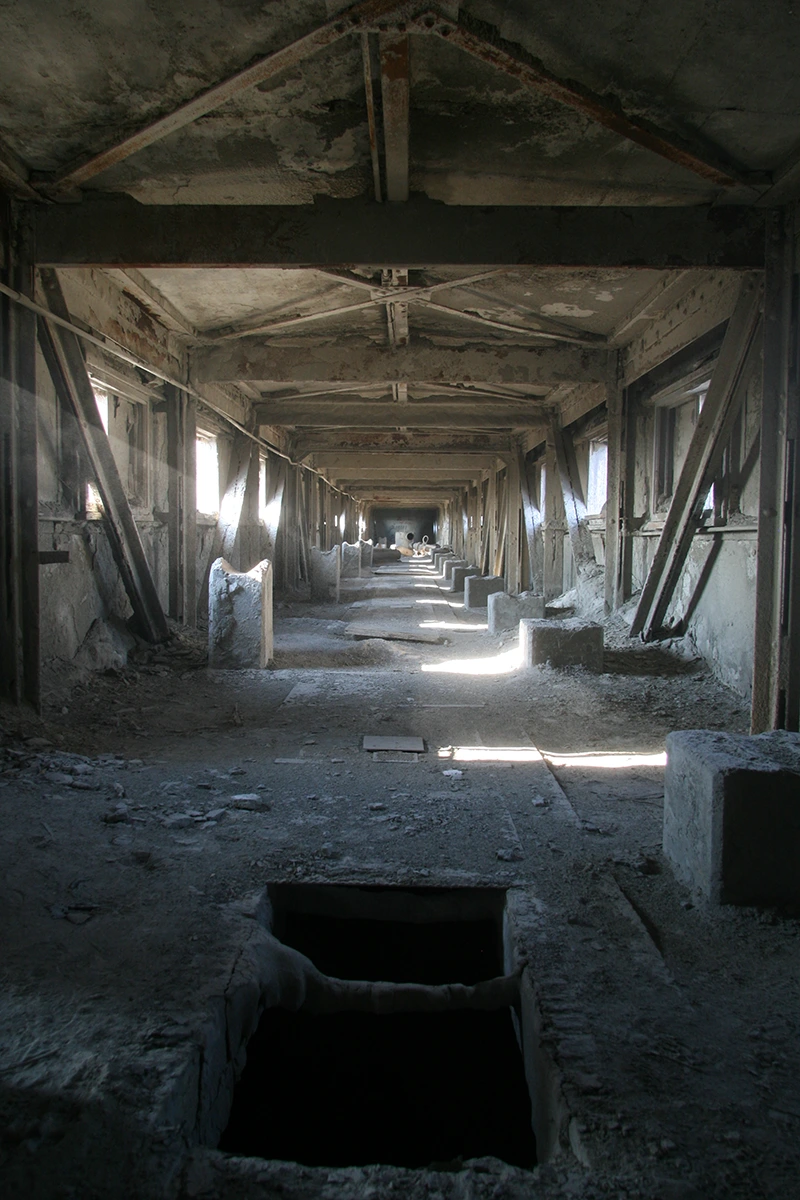
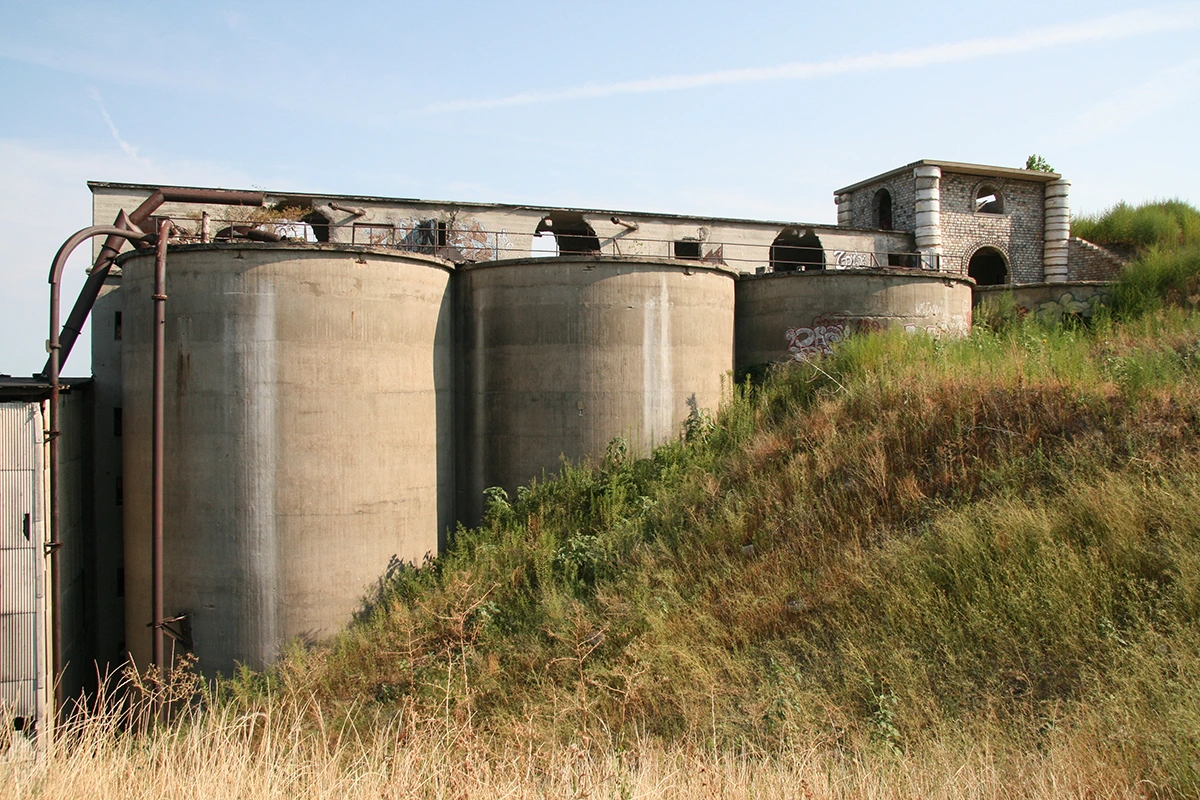
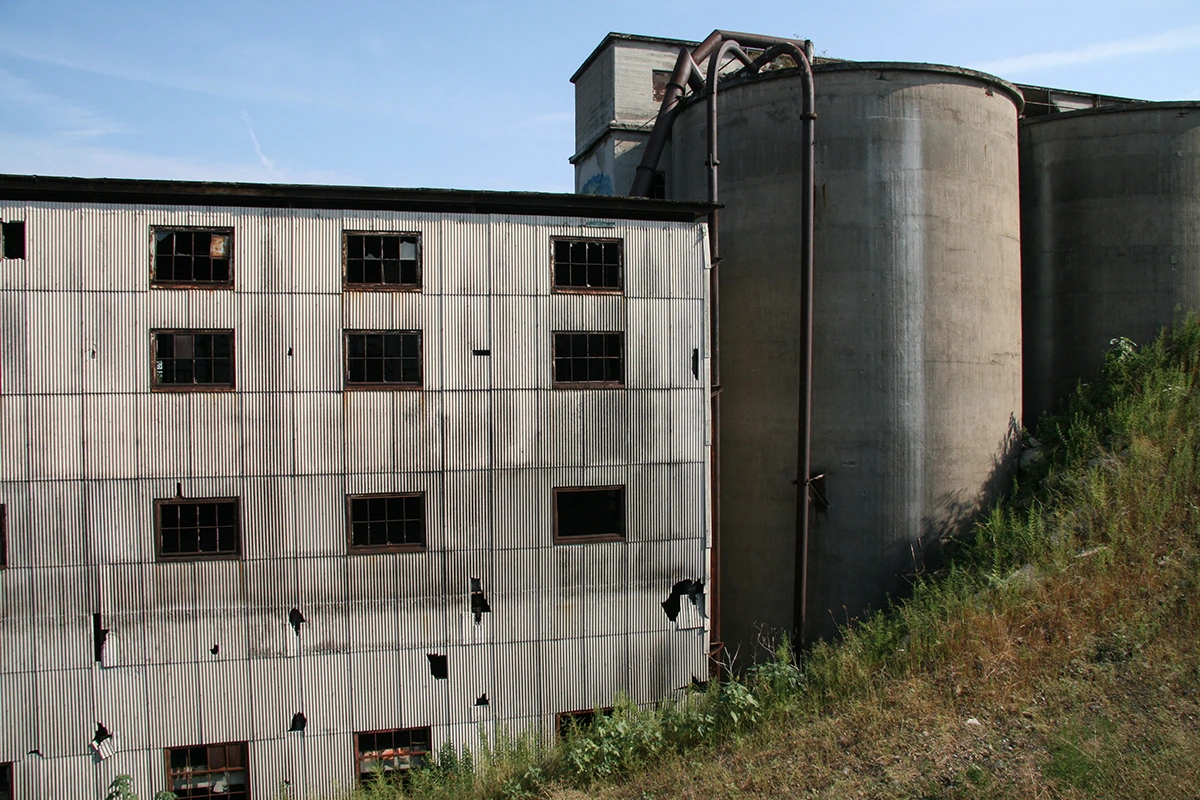
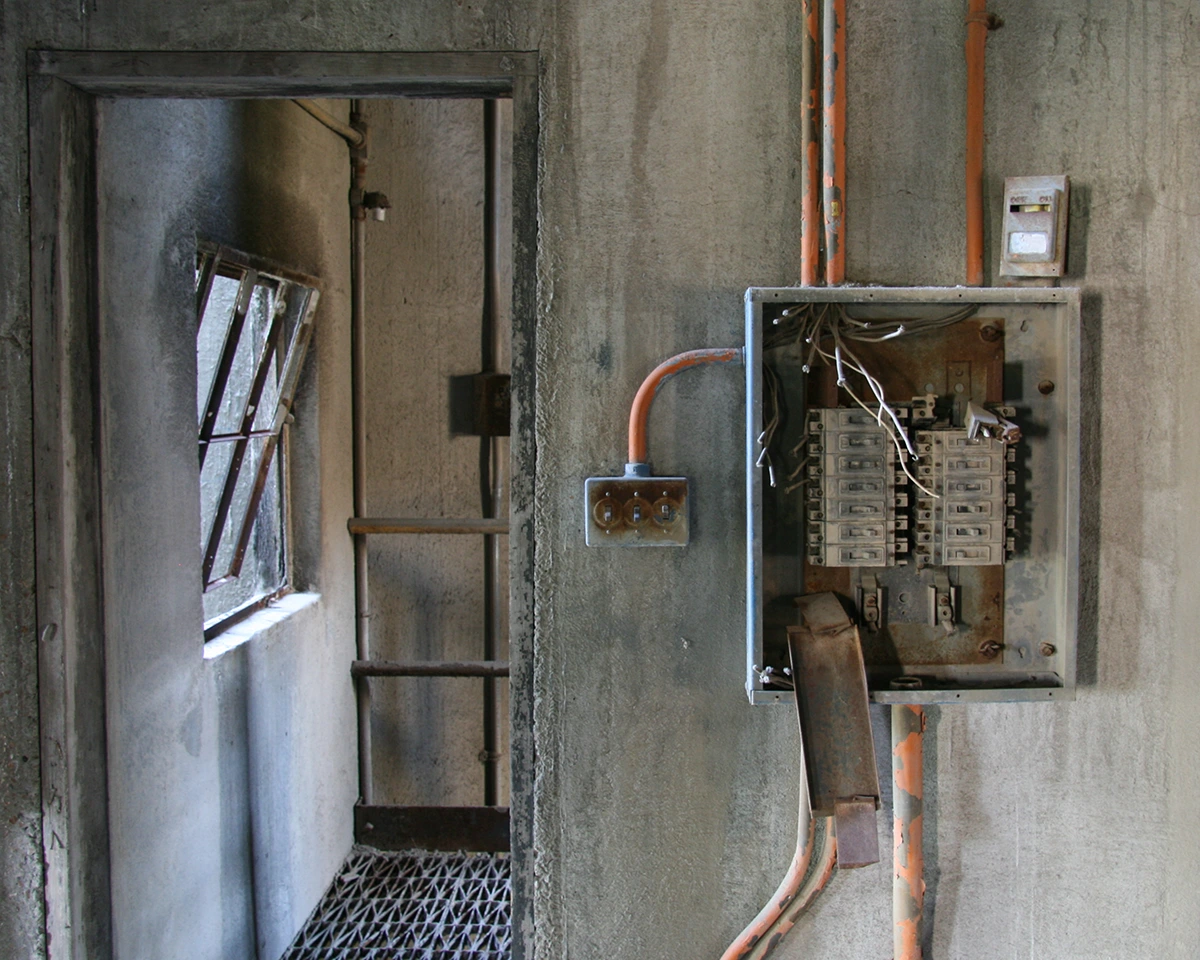
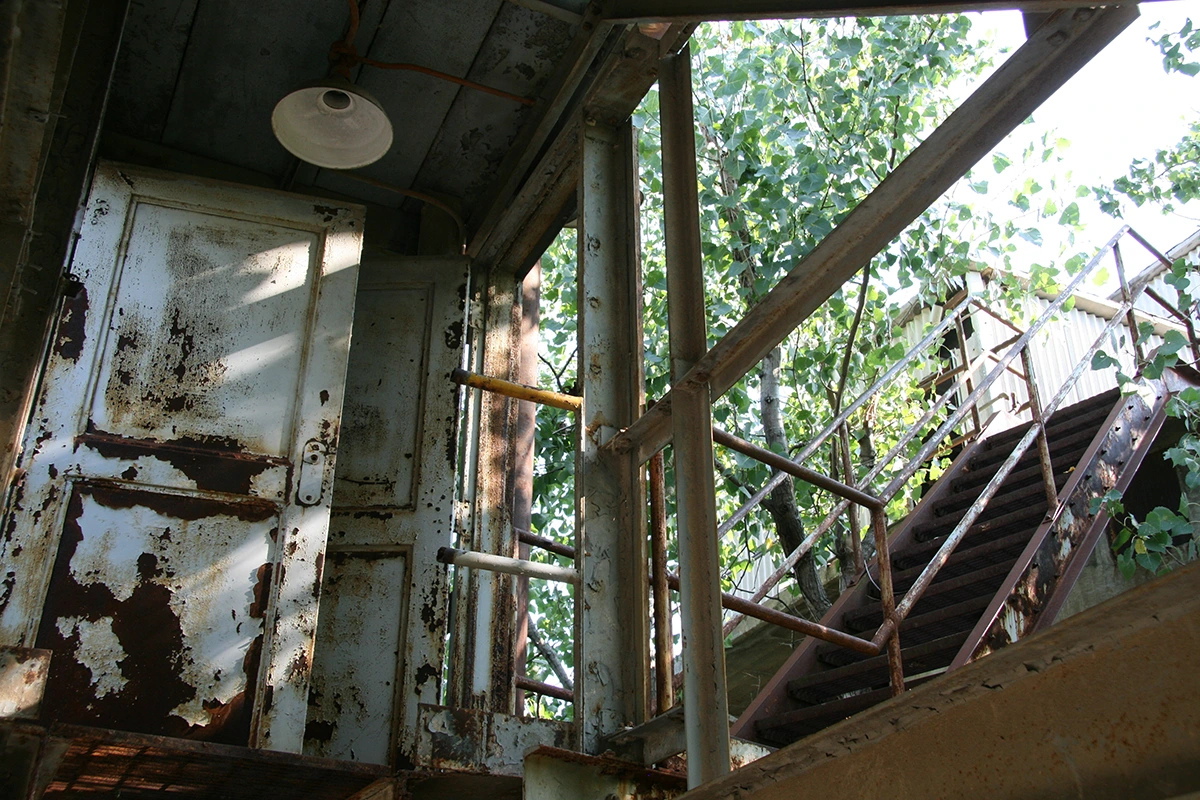
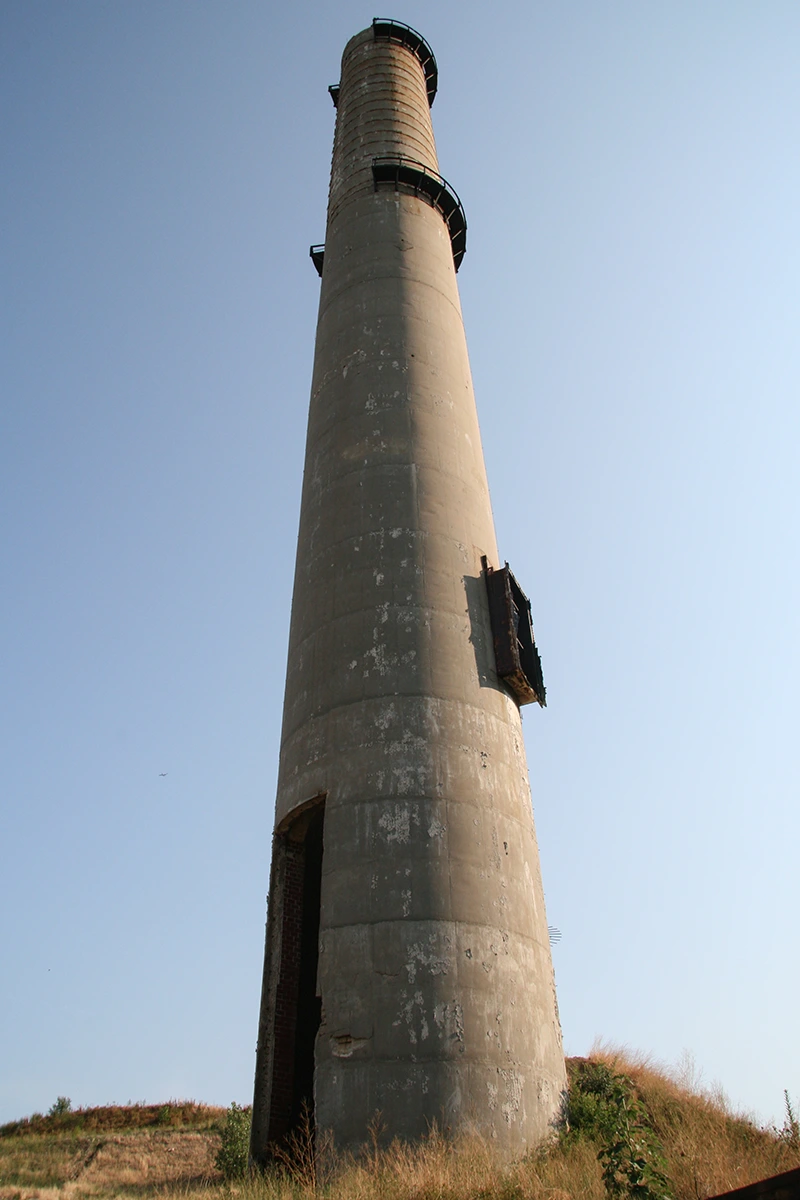
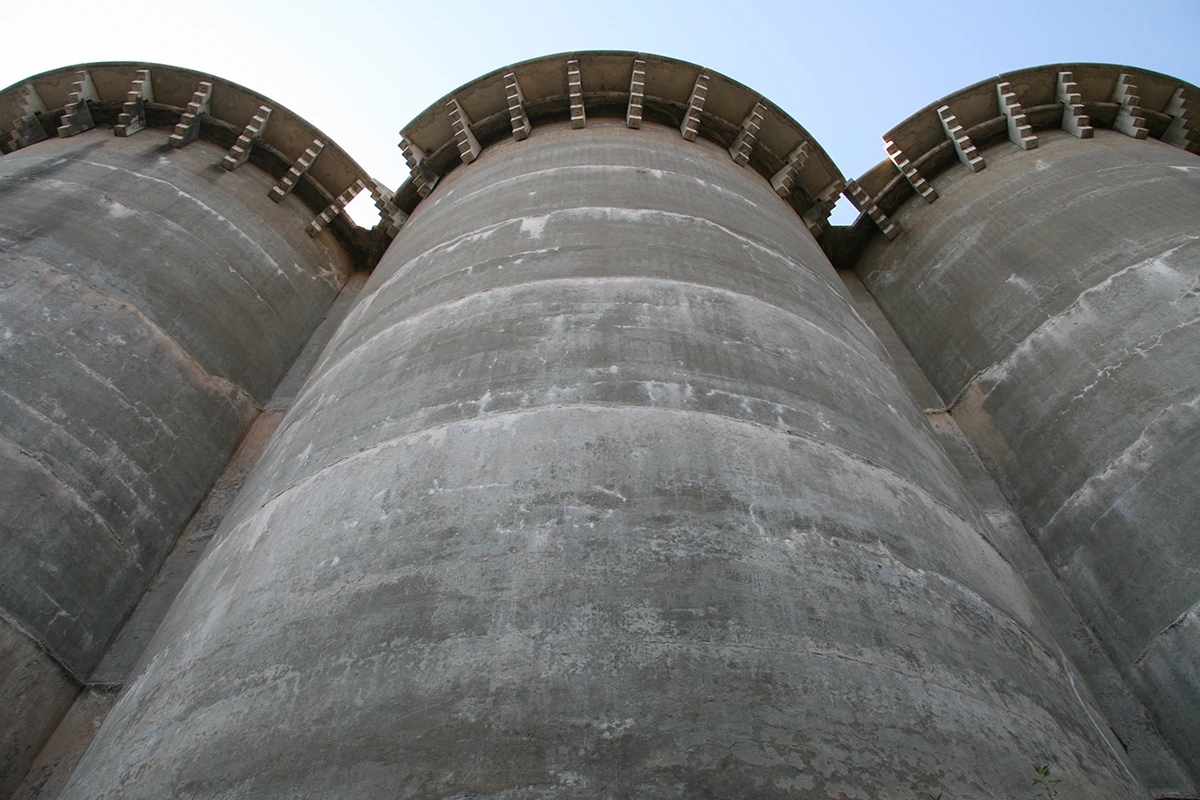
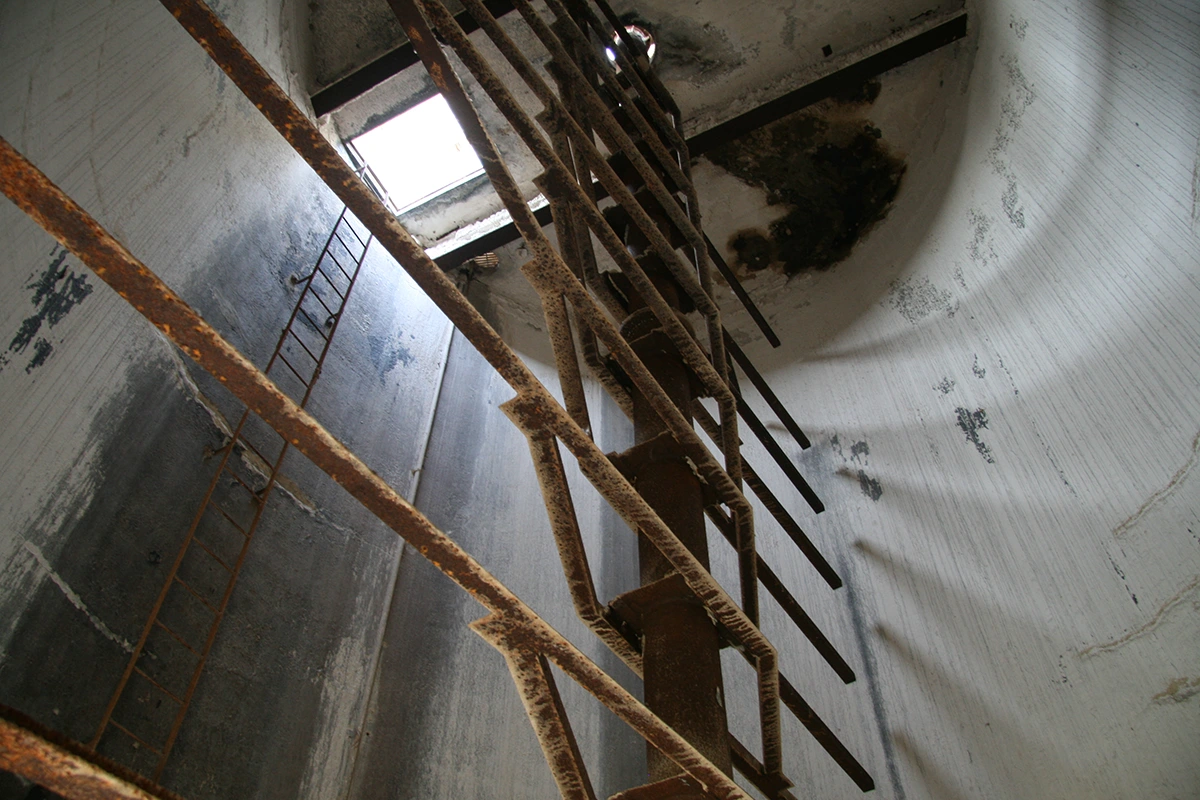
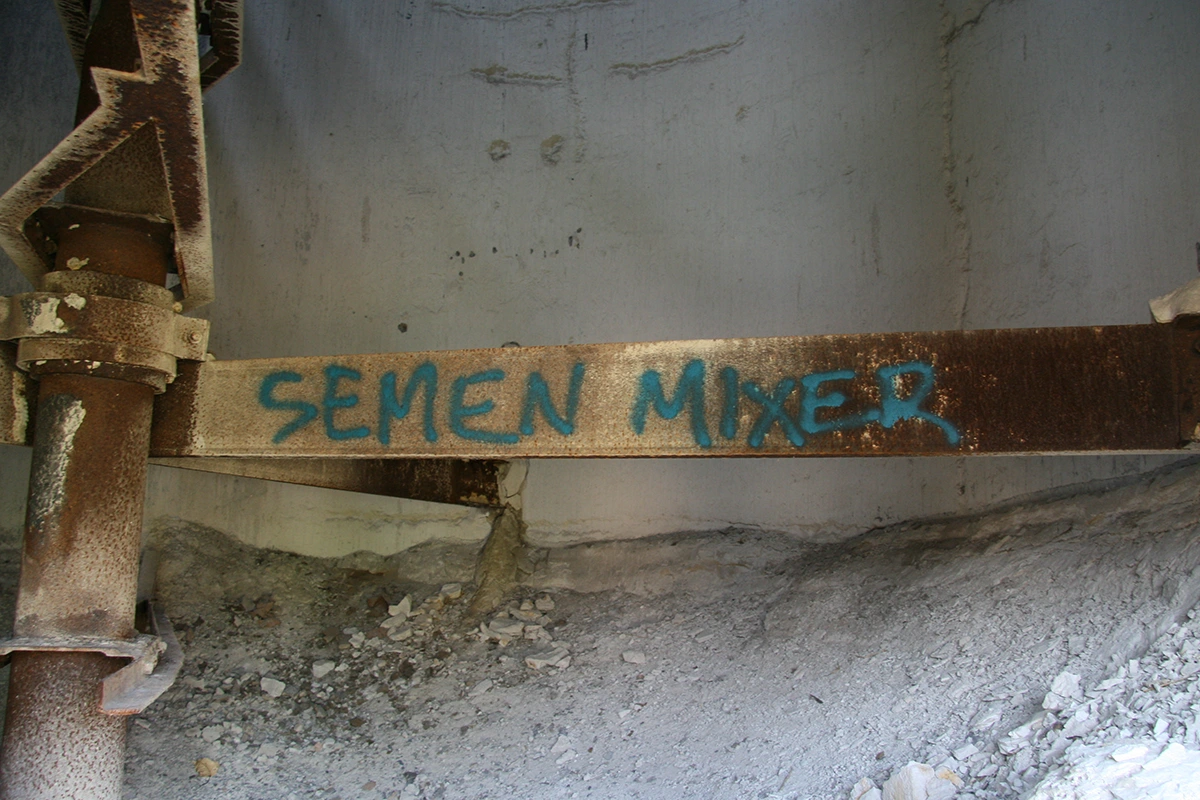
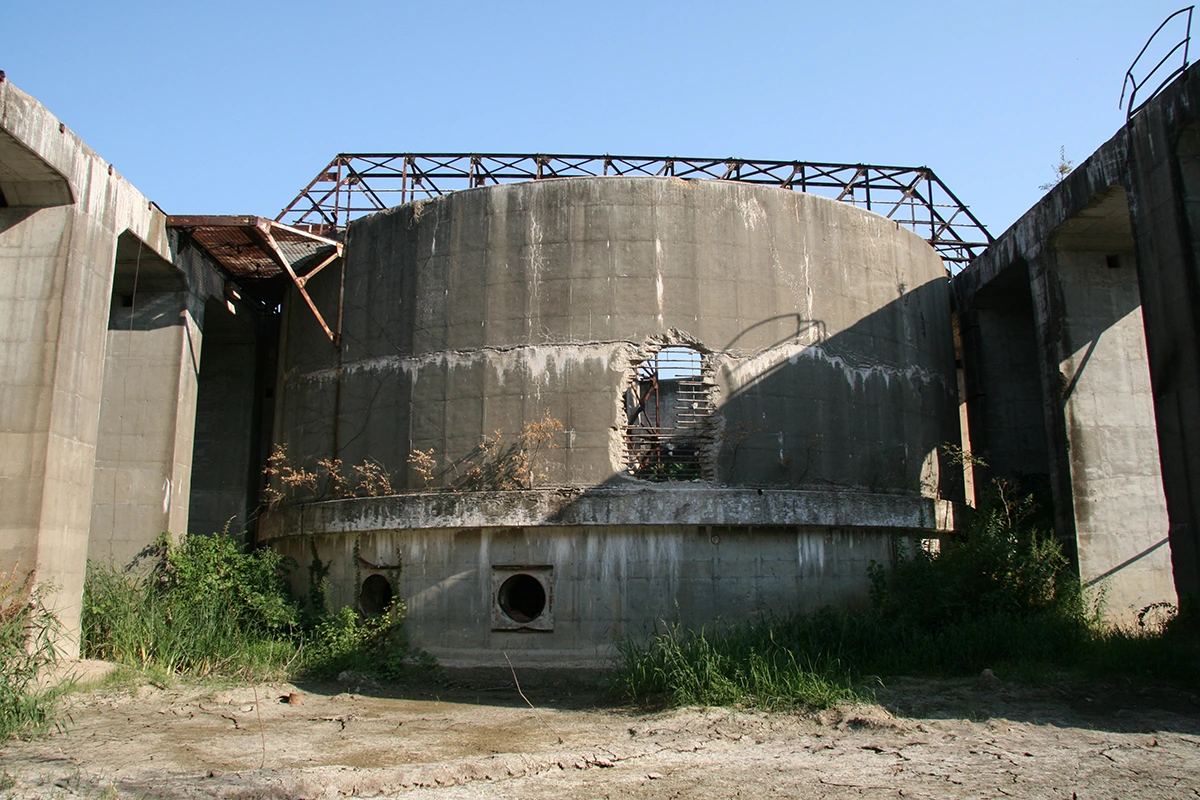
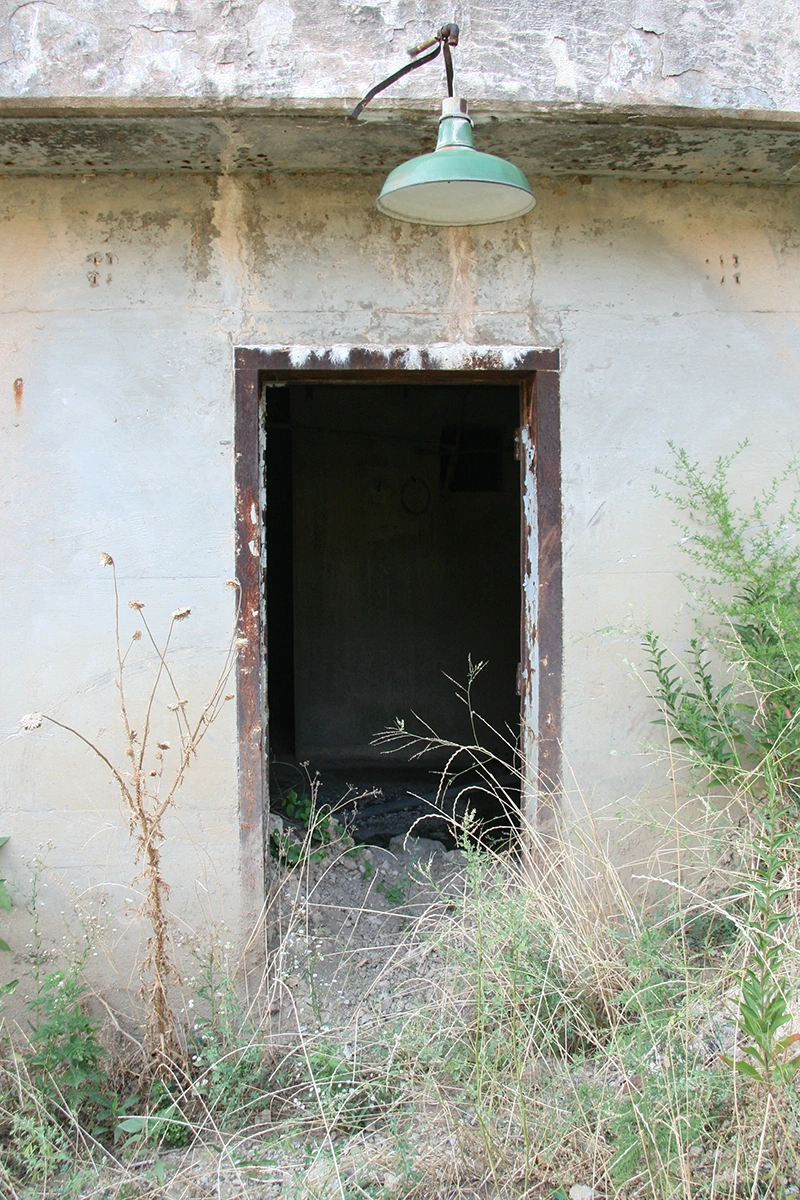
Labels: abandoned, art, Bob Cassily, city museum, industrial, machinery, saint louis, sublunar, urbex
